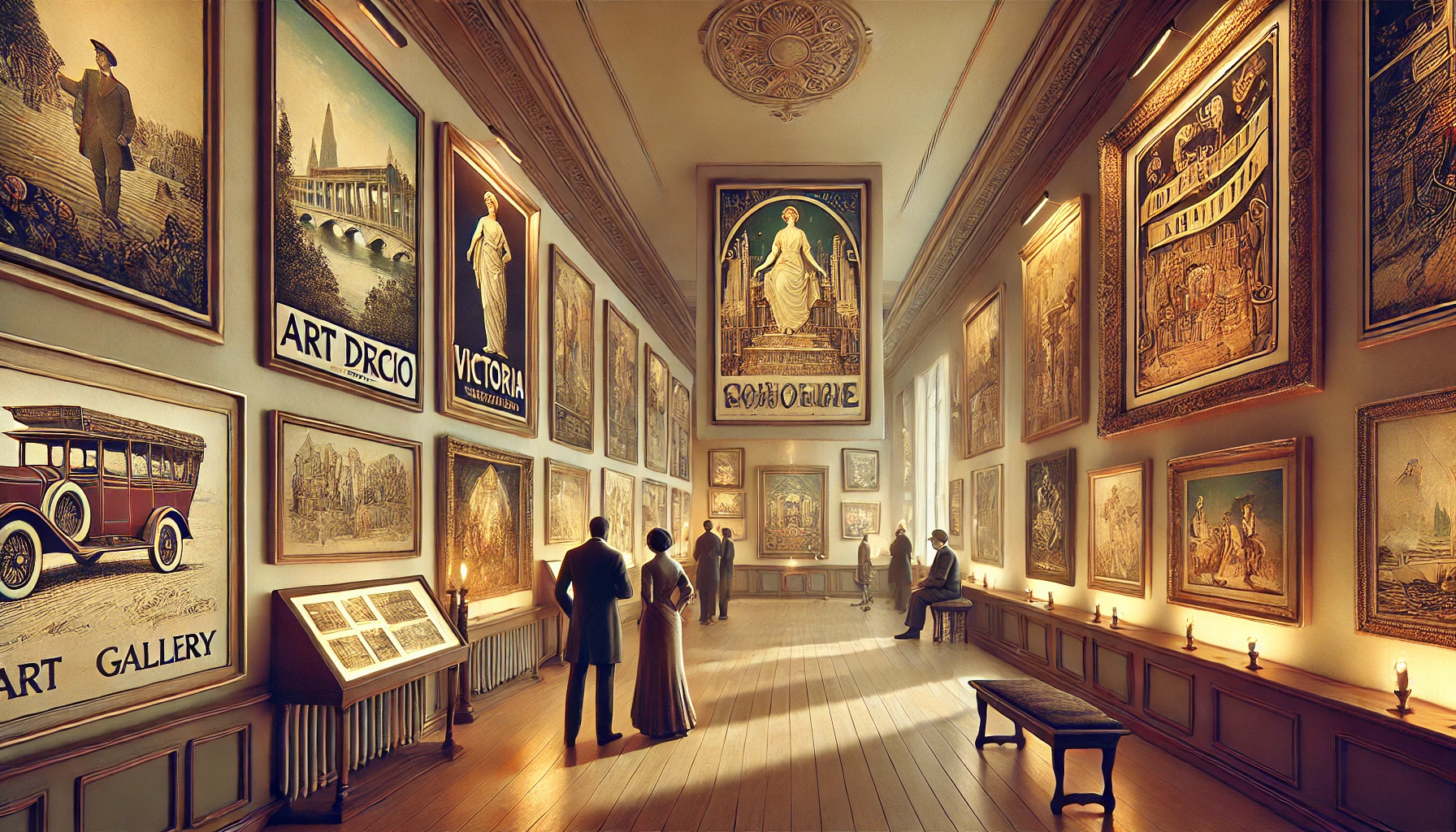There’s something irresistibly captivating about vintage art. Whether it’s the muted tones of a weathered painting or the intricate designs of a bygone era, vintage art transports us to the past. It brings with it a sense of nostalgia, a longing for simpler times, and a unique blend of history and artistry that continues to inspire collectors, artists, and enthusiasts today.
But what exactly makes vintage art so enduring? Vintage art refers to works created in the past that hold historical or aesthetic value. This category spans various styles, periods, and mediums—everything from paintings to posters, prints, and sculptures. The true beauty of vintage art lies in its ability to tell stories. Each piece offers insight into the culture, fashion, and values of the time, making it a valuable glimpse into history.
The Timeless Allure of Vintage Art
One of the most striking aspects of vintage art is its authenticity. Unlike today’s mass-produced pieces, vintage artworks were often crafted by hand, with each brushstroke or carving reflecting the artist’s personal touch. This level of craftsmanship, coupled with the distinctive styles of the time, gives vintage art a uniqueness that’s hard to find in modern reproductions.
Vintage art also carries a distinct aesthetic that sets it apart from contemporary works. Whether it’s the soft, natural tones of a 19th-century landscape or the bold, geometric patterns of an Art Deco poster, vintage art embodies the essence of its era. This unique sense of time and place is what makes vintage art so valuable and sought after.
Beyond its aesthetic appeal, vintage art holds emotional significance. Many people are drawn to it because it evokes personal memories or connects them to family traditions. A vintage painting or print might remind someone of their childhood home, a cherished relative, or an important moment in history. For many, the nostalgia and emotional connection to vintage art make it more than just a decorative piece—it becomes a cherished part of their personal story.
Popular Styles of Vintage Art
Vintage art comes in many different styles, each with its own charm and characteristics. Here are a few of the most popular styles that continue to capture the hearts of collectors and art lovers:
- Art Deco: Bold and glamorous, Art Deco emerged in the 1920s and 1930s. Known for its geometric shapes, sleek lines, and luxurious details, this style has influenced everything from architecture to fashion. Art Deco paintings, posters, and sculptures remain highly sought after for their modern appeal and timeless elegance.
- Victorian Art: The Victorian era (mid-to-late 19th century) is marked by romanticism and realism, with a focus on detailed portraits, landscapes, and still-life paintings. Victorian art is often associated with elegance and sophistication, making it a favorite among collectors who appreciate classical beauty and intricate detail.
- Impressionism: A revolutionary movement of the late 19th century, Impressionism broke away from traditional artistic conventions. Artists like Monet and Renoir focused on capturing the fleeting effects of light and color, often painting scenes of nature or everyday life. With its loose brushwork and vibrant colors, Impressionism continues to charm art lovers around the world.
- Mid-Century Modern: The 1950s and 1960s ushered in a new era of simplicity and minimalism. Mid-century modern art is characterized by clean lines, abstract forms, and a focus on color and shape. This style also produced iconic poster designs that remain popular with collectors for their bold, graphic appeal.
- Pop Art: In the 1960s, Pop Art made waves with its playful take on consumerism and mass media. Artists like Andy Warhol and Roy Lichtenstein brought bright colors, bold imagery, and a sense of fun to the art world. Vintage Pop Art posters and prints are still highly collectible for their eye-catching designs and cultural significance.
Why Collect Vintage Art?
Collecting vintage art is more than just acquiring beautiful pieces—it’s about preserving history and celebrating the creativity of past generations. Each piece of vintage art carries a story, and owning one can be a deeply rewarding experience.
For many collectors, vintage art represents a tangible connection to the past. It’s a way to remember how society, culture, and art have evolved over time. Vintage art can also be a great conversation starter, sparking discussions about the artist’s life, the piece’s historical context, or the broader cultural movements of the time.
From an investment perspective, vintage art is often a smart choice. Unlike mass-produced art, which tends to lose value over time, vintage pieces often appreciate as they become rarer and more desirable. For those with an eye for art, collecting vintage pieces can be a financially rewarding hobby.
How to Incorporate Vintage Art into Modern Spaces
One of the best things about vintage art is its versatility. Whether your home has a sleek, modern aesthetic or a more traditional feel, vintage art can add character and depth to your space. Mixing vintage art with contemporary decor creates a unique, eclectic look that reflects your personal style.
When decorating with vintage art, consider the colors, textures, and themes of the pieces. A bold Art Deco poster can add a touch of glamor to a minimalist living room, while a soft Victorian landscape painting might bring a calming atmosphere to a bedroom. The key is to choose pieces that resonate with you and enhance the mood you want to create in your space.
Conclusion
Vintage art has a timeless charm that continues to captivate collectors and art lovers alike. Whether you’re drawn to the bold lines of Art Deco or the delicate details of Victorian art, vintage pieces offer a glimpse into the past while adding beauty and character to your life today. By collecting and appreciating vintage art, you’re not only preserving history but also enriching your own personal space with stories from another era.

